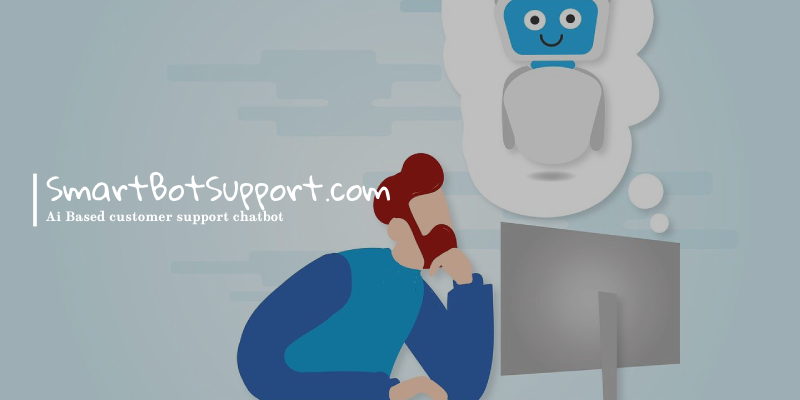Understanding ChatGPT and the Evolution of GPT Models
ChatGPT, powered by OpenAI's GPT (Generative Pre-trained Transformer) models, has revolutionized how we interact with artificial intelligence. From assisting in customer support to powering creative tools, GPT models have continually evolved, becoming more capable and efficient. In this article, we'll explore ChatGPT, its underlying GPT models, and their advancements.

What is ChatGPT?
ChatGPT is a conversational AI developed by OpenAI that uses the GPT architecture to generate human-like text. It's designed to understand and respond to natural language inputs, making it a versatile tool for various applications.
- Conversational AI: Engage in meaningful, human-like conversations.
- Versatile Applications: Used in education, entertainment, customer service, and more.
- Continuous Learning: Improved through fine-tuning and user feedback.
The Evolution of GPT Models
GPT models have undergone significant development over the years, with each version bringing new features and improvements. Let’s look at the evolution of these groundbreaking AI models.
- GPT-1: Introduced in 2018, it laid the foundation for generative AI by demonstrating the potential of pre-training and fine-tuning.
- GPT-2: Released in 2019, it featured 1.5 billion parameters, enabling more coherent and contextually relevant responses.
- GPT-3: Launched in 2020 with 175 billion parameters, it became a game-changer with its human-like text generation capabilities.
- GPT-4: The latest version, focusing on advanced reasoning, safety, and multimodal capabilities, making it suitable for a broader range of applications.
Real-World Applications of ChatGPT
Customer Support
Businesses use ChatGPT to automate responses, handle FAQs, and provide 24/7 customer support, significantly reducing wait times and operational costs.
Content Creation
Writers and marketers leverage ChatGPT to generate ideas, draft articles, and even create marketing campaigns, streamlining the creative process.
Education
Teachers and students use ChatGPT as a learning tool for explaining complex topics, generating practice questions, and even language translation.
Programming Assistance
Developers use ChatGPT for debugging, code generation, and understanding unfamiliar programming concepts, boosting productivity.
What’s Next for GPT Models?
As AI research progresses, GPT models will likely become more efficient, ethical, and capable of solving complex problems. Expect future versions to focus on multimodal capabilities, better safety mechanisms, and a deeper understanding of human context.
ChatGPT and the GPT models have transformed how we interact with technology. By understanding their potential and staying updated with advancements, businesses and individuals can unlock new opportunities for innovation and efficiency.